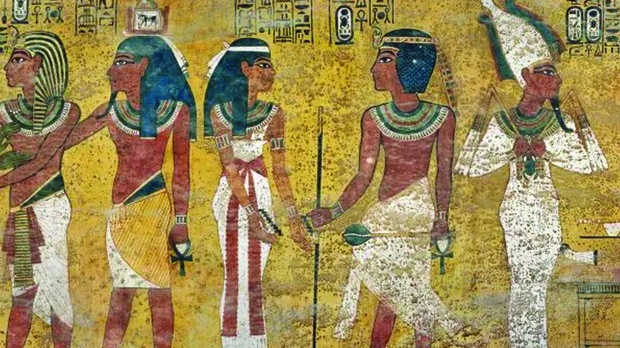
The Archaeological Discovery That Unravelled The Story of A Lost Pharaoh

It was 1923 when Howard Carter, a British archaeologist and adventurer, had come across a burial site that had lain untouched since it had been dedicated to the memory of its revered occupant more than 30 centuries earlier. He had uncovered the tomb of the boy king Tutankhamun in the Valley of the Kings.
Tutankhamun, an 18th dynasty King thought to have died around 1323 BC, was buried with many of the accumulated testaments to his wealth and power in a royal necropolis. Its eventual uncovering delivered a unique treasure trove of past wonders.
Among the 5,000 priceless artefacts were a huge collection of ancient jewellery, commemorative statues, a disassembled chariot, weapons and royal regalia. There was a perfectly preserved mummy, with the long-embalmed body of the prince the first intact example ever to be found.
Also Read: Van Cleef & Arpels historic 1925 Egyptian-style jewellery

Long after the opening of the tomb, researchers completed a DNA analysis of the king’s body, allowing them to create a family tree spanning back five generations. The genetic tests also identified links with other mummies, including establishing that Akhenaten was his father, Amenhotep III his grandfather and Queen Tiye his grandmother. It was also determined that he ascended to the throne at the age of just nine following the death of his father. He also died young, being laid to rest in his entombment place when he was just 18.

Applying contemporary scientific techniques, including x-rays, CT scans and DNA testing, it was determined that Tutankhamun suffered from malaria as well as a number of other illnesses, while also having a cleft palate. He had also broken his leg shortly before he died.
It has also been speculated that the boy-king had died in a chariot accident, largely as parts of his chest wall and ribs were missing. While he was tall, he was physically frail, with a crippling bone disease in his clubbed left foot. He was the only pharaoh shown to have been depicted seated while engaged in such physical activities as archery.
Unlike most mummies, whose hearts were preserved for the afterlife, Tutankhamun has no heart. Instead, he was provided with an amuletic scarab inscribed with a funerary spell. It could be a sign that Tutankhamun died far from home. By the time his body arrived at the undertaker’s workshop, his heart may have been too decayed to be preserved.

There were also rumours of a curse afflicting the tomb. Indeed, the locals popularised the notion of the “Curse of the Pharaohs,” claiming that the hieroglyphs on the tomb walls promised swift death to all those who disturbed King Tut. Giving some credibility to this, Carter’s patron, Lord Carnarvon, died four months after first entering the tomb, while a dozen more deaths were later attributed to the curse.
Despite this, artefacts from the tomb have toured the world in several hugely popular museum shows, including the worldwide 1972-79 “Treasures of Tutankhamun” exhibition.
(Text: Zaira Abbas)
Read the full version of the article in the February 2023 issue (pg: 116). Available on the Gafencu app on Android and Apple.







